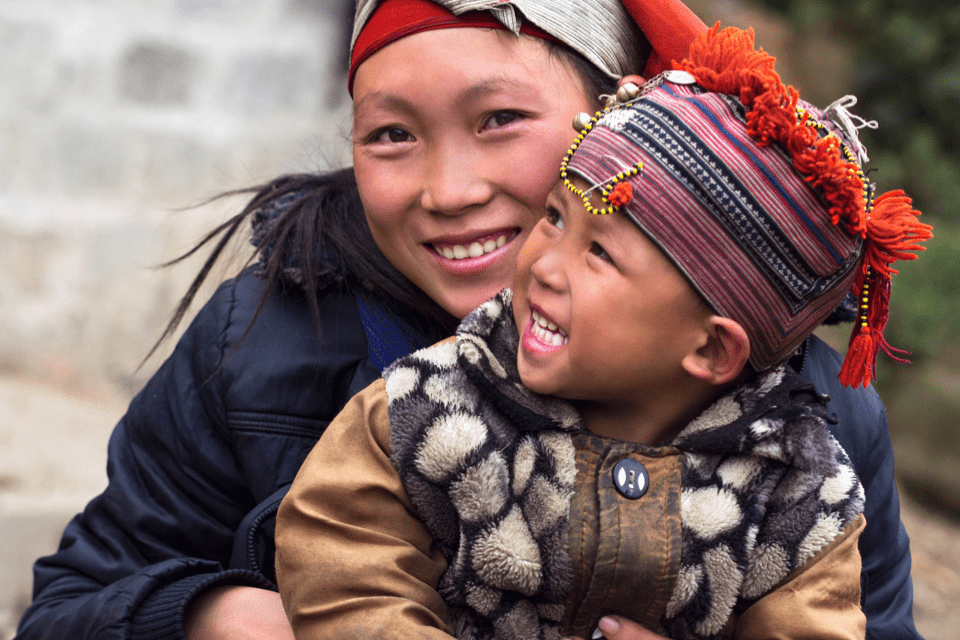Nestled throughout the serene landscapes of Wisconsin lies a vibrant community of the Hmong people. The initial Hmong settlers here helped save American lives abroad, and many came to Wisconsin out of sheer desperation.
Bursting with a diverse cultural heritage, their journey from the mountains of Southeast Asia to America’s Dairyland was precipitated by their alliance with American soldiers during the Vietnam War.
Amidst the turbulence of the Vietnam War, Hmong soldiers courageously stood alongside American forces as steadfast allies. During the war, the Hmong people played a crucial role as friends and brothers on the battlefields with American troops. Their extensive knowledge of the region’s terrain a made them valuable partners. The Hmong lived mostly as farmers in Laos, and they allied with US troops by providing key intelligence regarding the natural terrain and the troop strength and movements of America’s adversaries. Hmong officers provided vital intel during engagements such as the Battle of Lima Site 85 and they had ongoing involvement in disrupting enemy supply lines along the Ho Chi Minh Trail, regularly showcasing their bravery and resourcefulness.

Through their collaboration with U.S. forces, the Hmong contributed significantly to the overall efforts against communism. But when the war ended, they were marked as enemies of the regime in their homeland. Facing political persecution and reprisals from communist forces, many Hmong families embarked on a challenging journey to neighboring countries, primarily Thailand. The United States offered an opportunity for resettlement through various public and privately-run programs aimed at providing refuge and support to displaced Hmong communities.
Once the war concluded, many Hmong soldiers and their families faced a difficult choice: return to a homeland that no longer offered safety, or seek a fresh start in foreign lands. Originally, only Hmong military personnel were allowed to emigrate to the US. Aided in large part by religious social service organizations, Wisconsin became an inviting refuge to the Hmong, as its serene landscapes and (sometimes) welcoming communities opened their arms to these brave warriors.
The Hmong people have a distinct cultural background differentiated by their migration patterns, language, and customs. With a strong emphasis on familial ties, they maintain a complex kinship system that forms the foundation of their community. Their spiritual beliefs, rich arts and crafts, and traditional celebrations such as the New Year festivals and wedding ceremonies highlight their vibrant cultural heritage and provide insights into their unique identity
Wisconsin’s cities and towns have blossomed into flourishing Hmong communities, fostering a vibrant tapestry of culture, tradition, and resilience. Several Wisconsin communities have significant Hmong populations, including Eau Claire, La Crosse, Sheboygan, and Wausau. Within these communities, there are numerous initiatives, organizations, and events that celebrate and preserve Hmong heritage, reinforcing a sense of identity and unity while assimilating their traditions into Wisconsin’s culture.
The Hmong have become integral parts of the state’s social, economic, and cultural landscape. Their contributions range from entrepreneurial endeavors and successful businesses to educational achievements. By actively participating and enriching their adopted communities, the Hmong people exemplify the values of perseverance, hard work, and dedication that serve as an inspiration.
While not easy, nor immediate, the Hmong community in Wisconsin has successfully bridged the gap between their ancestral traditions and the modern world. They balance the preservation of their cultural customs, language, and practices with the influences and opportunities of contemporary American society.
Theirs is a story of bravery, cultural pride, and adaptation. Today approximately 60,000 people of Hmong ancestry call Wisconsin home.
















